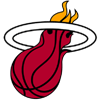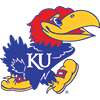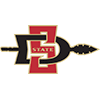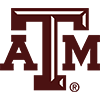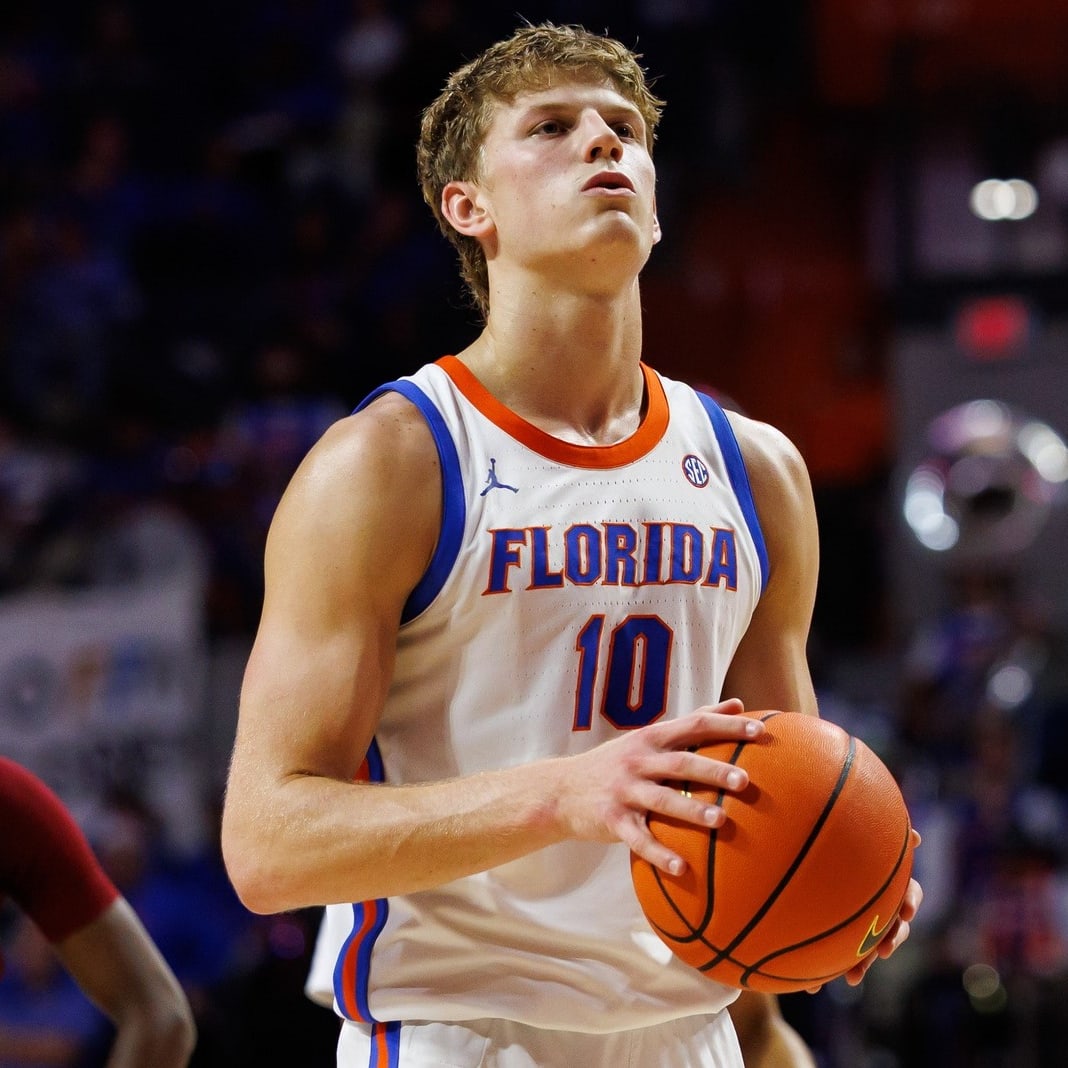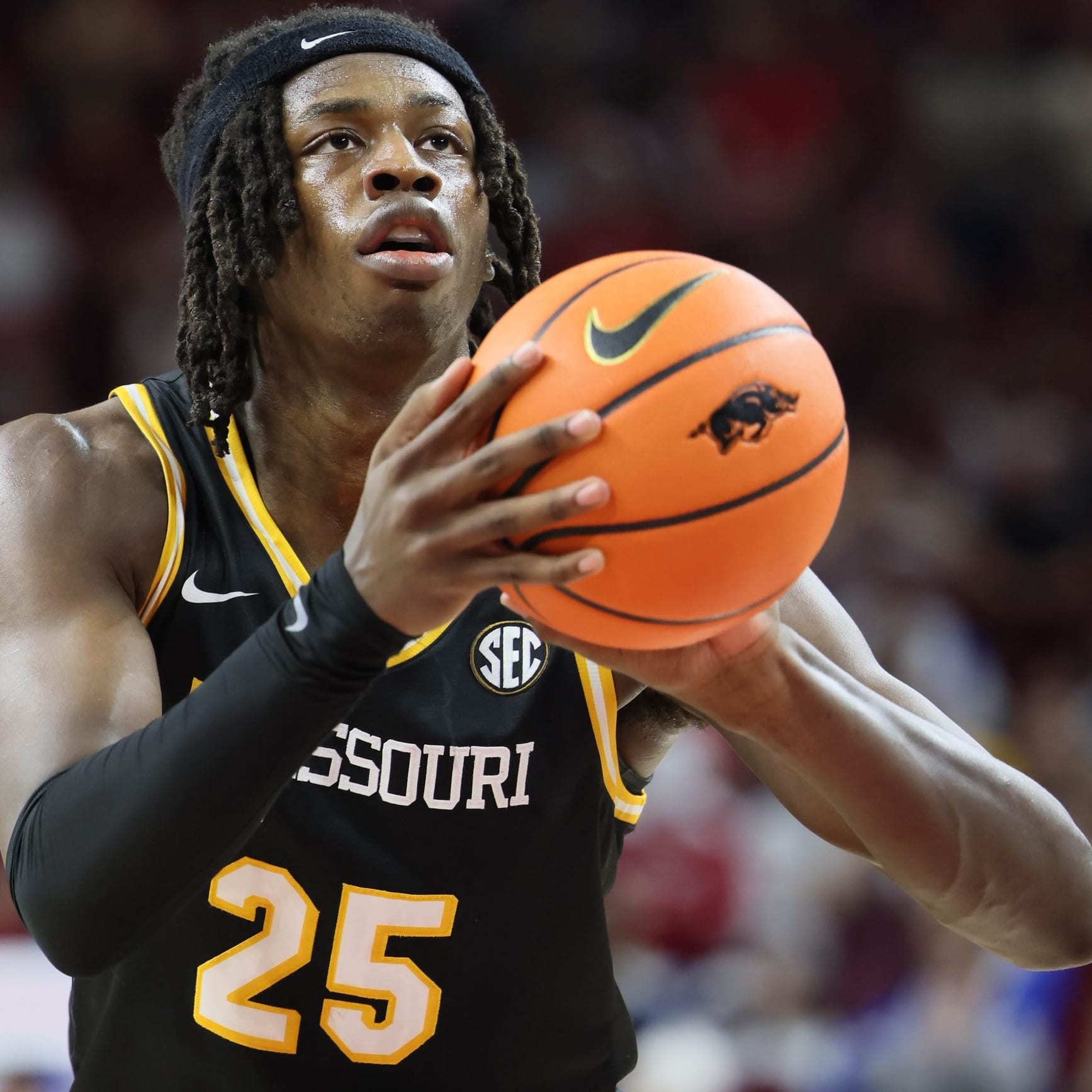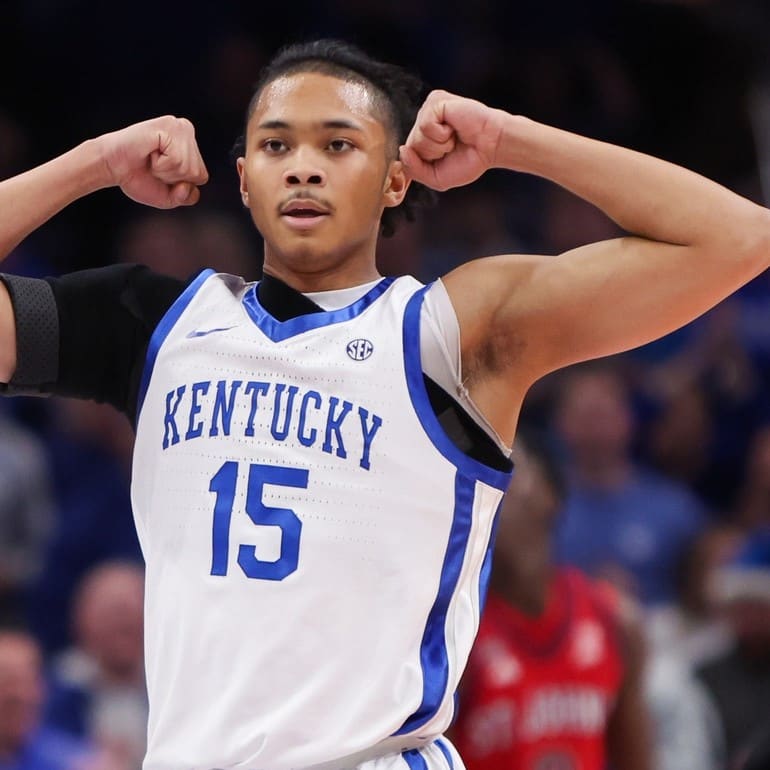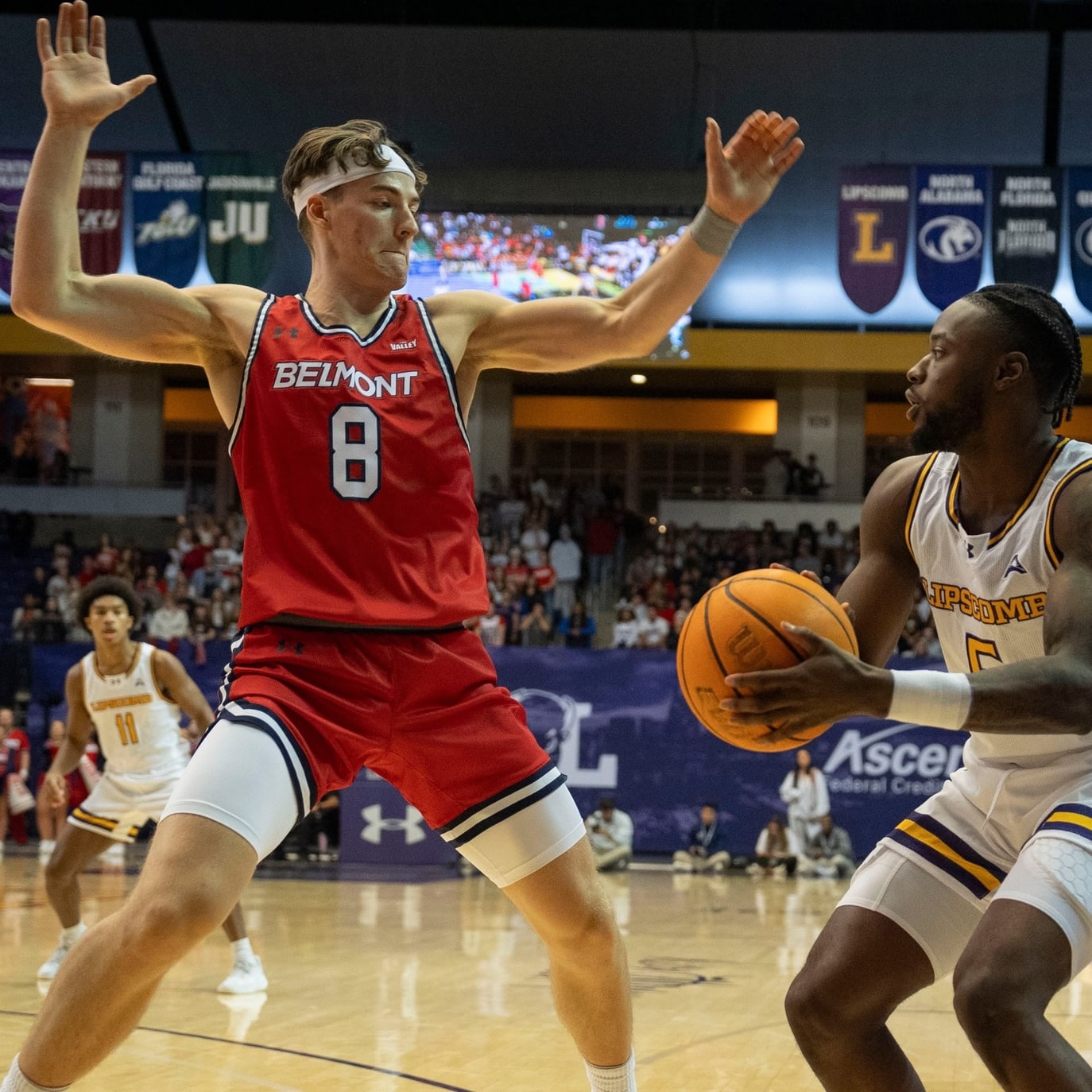Is the Big 12 the best conference in the country? Maybe. Does it have 10 of the top 30 teams in the country like a lot of metrics suggest? Probably not.
I wrote about deceiving metrics in the past, and San Diego State laughed in my face last year, but I stand by everything else in that article. There's a reason every team outside of SDSU struggled from the Mountain West in last year's tournament.
This year, I'm taking a stab at a giant that is the Big 12. It's been the dominant conference in recent seasons and the addition of Houston (and BYU, Cincinnati) only adds to that. But despite the conference having seven teams in KenPom's top 29 at the end of last season, only two teams made the Sweet 16 (Baylor, Texas) and only one made it to the Elite 8.
The most relevant stat for my argument is non-conference results because once you get to conference play, there's not much that happens in the Big 12, rankings-wise. Every team is already rated highly, and it'll stay that way as most teams struggle to reach three or four straight wins or losses.
For a live, updated bracket throughout the week check out our RotoWire Bracketology page.
 Houston: NET 1, 20-3 overall, 5-3 Q1, 3-0 Q2, two Q3 losses, BracketMatrix projected 1-seed
Houston: NET 1, 20-3 overall, 5-3 Q1, 3-0 Q2, two Q3 losses, BracketMatrix projected 1-seed
Notable results: neutral win vs. Utah (NET 35), neutral win vs. Dayton (NET 16), win at Xavier (NET 48), win vs. Texas A&M (NET 51)
Houston remains King of the Metrics, largely due to Kelvin Sampson's suffocating defense that leads to a lot of blowouts and year-after-year elite defensive numbers.
Most notably, the Cougars beat a lot of teams ranked 100-200 at KenPom by double digits, which is the best way to boost metrics. Their best win in Big 12 play is a road win at BYU.
 BYU: NET 8, 16-6 overall, 3-5 Q1, 2-1 Q2, nine Q4 wins, BracketMatrix projected 5-seed
BYU: NET 8, 16-6 overall, 3-5 Q1, 2-1 Q2, nine Q4 wins, BracketMatrix projected 5-seed
Notable results: neutral win vs. San Diego State (NET 20), neutral win vs. NC State (NET 78), loss at Utah (NET 35)
Hold up. Why is BYU a top-eight team? Oh right, the Cougars beat SE Louisiana (NET 285) by 57 points then moved up 10 spots and won a few other games against teams outside the top 100 by 30-plus points. Its best win in conference play was home against Iowa State. Nine of their 16 wins are considered Quad 4.
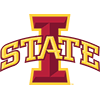 Iowa State: NET 9, 17-5 overall, 4-3 Q1, 2-2 Q2, nine Q4 wins, BracketMatrix projected 3-seed
Iowa State: NET 9, 17-5 overall, 4-3 Q1, 2-2 Q2, nine Q4 wins, BracketMatrix projected 3-seed
Notable results: neutral win vs. VCU (NET 80), win vs. Iowa (NET 59), neutral loss vs. Virginia Tech (NET 54), neutral loss vs. Texas A&M (NET 51)
The Cyclones entered conference play with a couple losses against mediocre ACC and SEC teams with their best win was at home against a mediocre Iowa team. I know they already beat Houston and Kansas at home, but they have one of the best home-court advantages in the country and based off results, they are as mediocre as it gets when not at home. They won at Texas on Tuesday, but the Longhorns are 4-6 in the Big 12, already with a home loss to UCF.
Even with a ho-hum non-conference performance, the Cyclones are No. 9 in NET. One would think that wins against Kansas, Houston and at Texas would mean a top-10 Strength of Record, but they are still just No. 13, which was 19 before the Texas win.
Similar to BYU, nine of Iowa State's 17 wins are considered Quad 4.
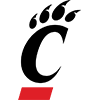 Cincinnati: NET 33, 15-7 overall, 2-5 Q1, 2-1 Q2, BracketMatrix projected 12-seed
Cincinnati: NET 33, 15-7 overall, 2-5 Q1, 2-1 Q2, BracketMatrix projected 12-seed
Notable results: loss at Xavier (NET 48), loss vs. Dayton (NET 16), win vs. Georgia Tech (NET 134)
The Bearcats get a mention because they're technically on the bubble despite being 4-6 in the Big 12. Their best win in non-conference play came against Georgia Tech and they moved up 15 spots in KenPom because they won by 35 points. After continuing to be mediocre for the next month, they won at aforementioned BYU and moved up 11 spots in KenPom. After another string of middling results, their ranking hasn't changed much since.
Quad 1 Relevancy
Unfortunately, none of this matters. The numbers are the numbers. Almost every game in the Big 12 is considered a Quad 1 matchup because of the metrics, though there are five teams ranked between 27 and 38 in NET. That means any game at home against those teams could be Quad 1 today and Quad 2 tomorrow, depending on each result.
Maybe the Big 12 is the best conference in the country by a wide margin, but does that mean its bubble teams should be able to get a Quad 1 win every other game?
I don't think Kansas State is going to make the NCAA Tournament, but it still has three likely home games against Quad 1 competition and then a couple more winnable ones at BYU and Cincinnati. That means it's realistic the Wildcats add three or four more Quad 1 wins the rest of the way and use that as a selling point on the bubble. Following their home win against Kansas, they were 77 in NET with a 2-4 Quad 1 record.
In comparison, Wake Forest has played just three Quad 1 games all season and likely only has four more the rest of the way. In order to get on the right side of the bubble, the Demon Deacons likely have to win two of those four games. Assuming they don't win at Virginia or Duke, it'll be down to home games against Duke and Virginia Tech. Even then, if they win those, they'll have just two Quad 1 wins all season.
Fortunately for them, a 29-point at Georgia Tech on Tuesday saw them jump 10 spots in NET to 32, taking a page out of the Big 12 book. Maybe they're a terrible team that doesn't deserve to be in the tournament, but should Kansas State and other Big 12 teams rack up Quad 1 wins against teams whose metrics are inflated because they blew out a NET 150 team by 50 points? Probably not.
In one month, I'll be writing about Wake Forest and Kansas State on the bubble. Wake will have two Quad 1 wins compared to five (or even six) for Kansas State. I know how I'll decide on who makes it in, but I know many will look to Quad 1 wins and ignore the rest.
Metrics prior to games on Wednesday, Feb. 7
For a live, updated bracket throughout the week check out our RotoWire Bracketology page.







